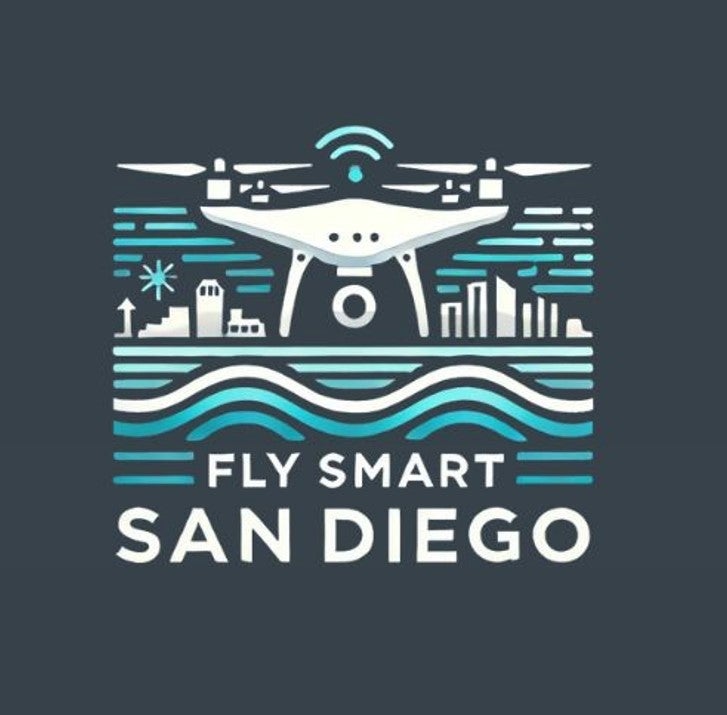Recreational Use
Recreational or hobby UAS or drone use is flying for enjoyment and not for work, business purposes, or for compensation or hire.
Drones are a fun way to explore the skies, but it’s important to know the rules to keep everyone safe.
Here’s a quick guide to help you get started.

Step 1
Register Your Drone
Before you take off, you need to register your drone with the FAA. It’s easy and can be done online at the FAA DroneZone. Make sure you display your registration number on your drone.
Step 2
Pass the The Recreational UAS Safety Test (TRUST)
A TRUST completion certificate is required to fly an unmanned aerial vehicle, or drone, recreationally in the United States. Once you complete and pass the test, your test administrator will provide you with a TRUST completion certificate that you can either print or save electronically. This certificate is proof of your compliance with the Reauthorization Act of 2018 and your passage of the test.
Step 3
Know the Basics of Safe Flying
When flying your drone for fun, follow these important safety rules:
- Keep it in sight: Always fly your drone where you can see it. No binoculars or goggles.
- Stay low: Fly at or below 400 feet
Flying in controlled airspace: San Diego County is home to nine airports. Every one of these airports has a zone of controlled airspace surrounding it to protect the manned aircraft as the land and take off from the airports. Some of these controlled airspace zones extend for miles surrounding the airport. Due to the large number of airports in San Diego much of the airspace, approximately 75%, is controlled.
Operating a drone in a controlled airspace is only allowable if you have an Airspace Certificate of Authorization, or COA, that states the date, time, location, and altitude requirement and is approved from that specific airport’s Air Traffic Controllers. The other 25% of San Diego is Class G, uncontrolled airspace. In these areas you can fly to a FAA approved maximum of 400 feet above ground level.
- Avoid people and events: Never fly over groups of people, sports events, or crowded areas.
- Steer clear of emergencies: Don't fly near firefighting, law enforcement, or emergency response efforts.
- Be sober: Don’t fly under the influence of alcohol or drugs.
- Stay out of controlled airspace: Don't fly near airports or military bases without FAA approval.
- The City of San Diego discourages drone flights over critical infrastructure such as airports, water and sewer treatment plants, military bases, power stations, police and fire stations, hospitals, fuel, gas, and battery storage facilities, and other restricted areas identified by the FAA.
Step 4
Where Can You Fly?
Find safe flying areas at the FAA's AirHubPortal page. This resource provides links to mobile applications that identify restricted airspaces so you can avoid flying in off-limit areas.
City of San Diego specifics preferred areas can be viewed here.
Step 5
Be Respectful of Privacy and Noise
- Don’t be a peeping tom: Flying over someone’s property isn’t illegal, but hovering near their windows or recording without permission is not allowed. Be respectful of others’ privacy.
- Keep it down: Drones can be noisy. Be mindful of your neighbors and avoid flying too close to homes, especially early in the morning or late at night.
Step 6
Don’t Panic! What to Do If...
- If a drone is bothering you: Talk to the operator. They might not know they're causing a problem. You can also report unsafe flights to the FAA or local law enforcement.
- If your drone crashes or causes damage: You may be responsible for any harm your drone causes, so fly carefully.



